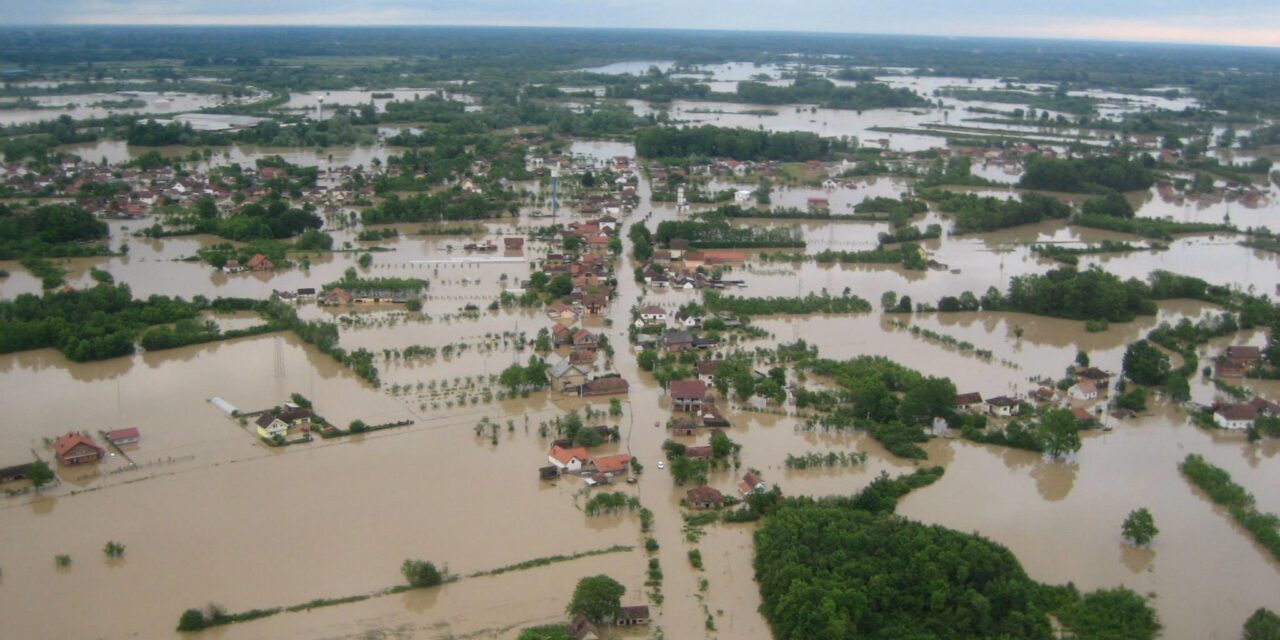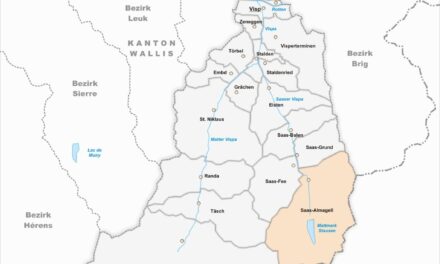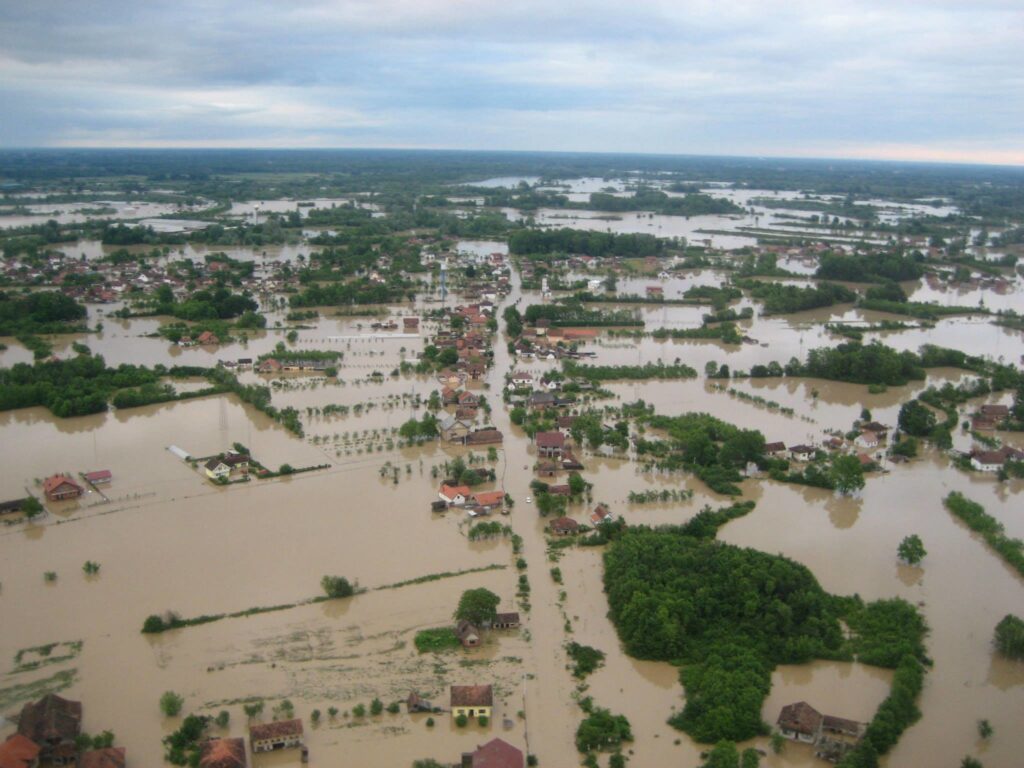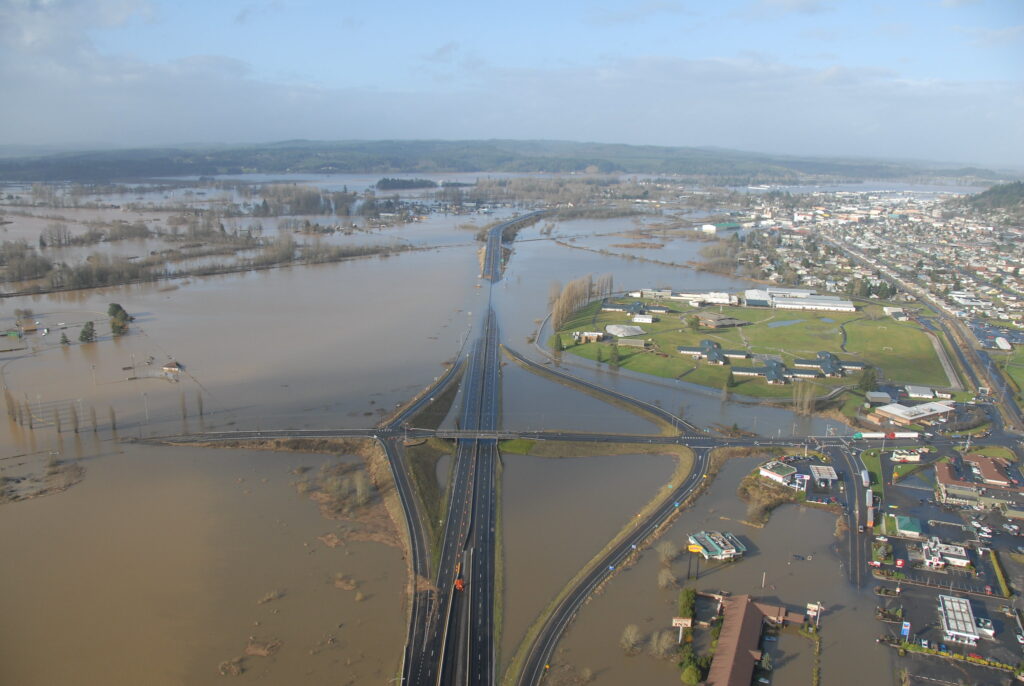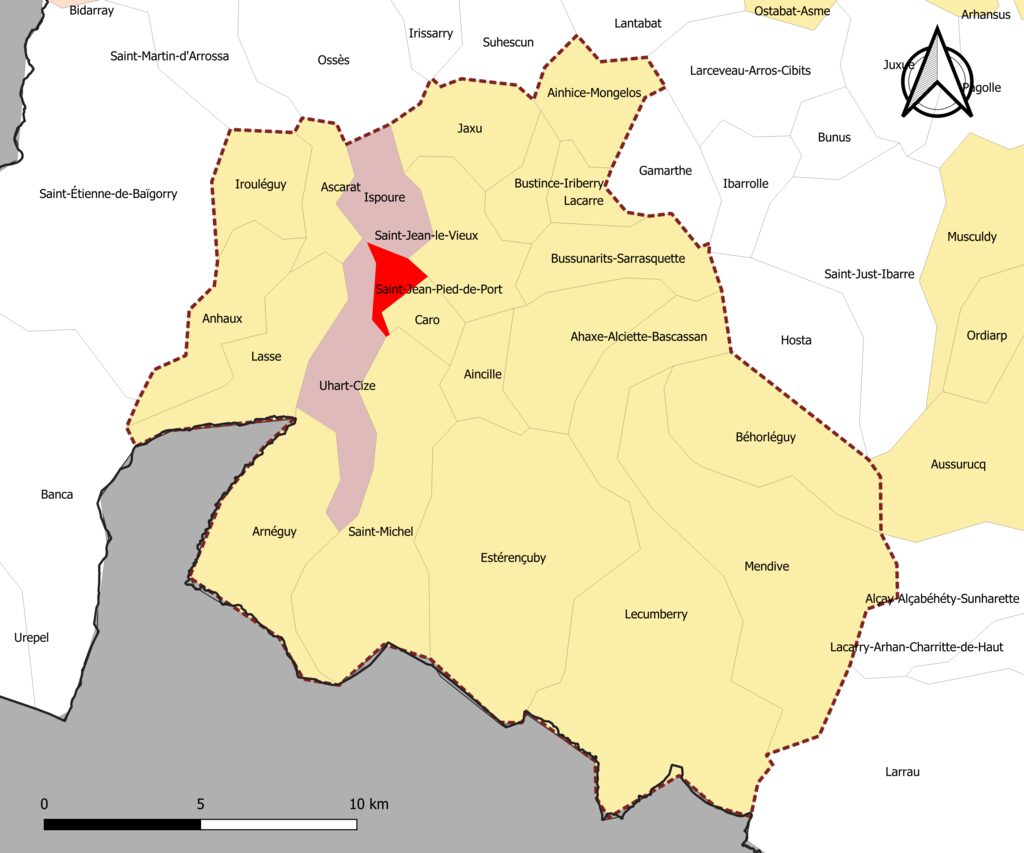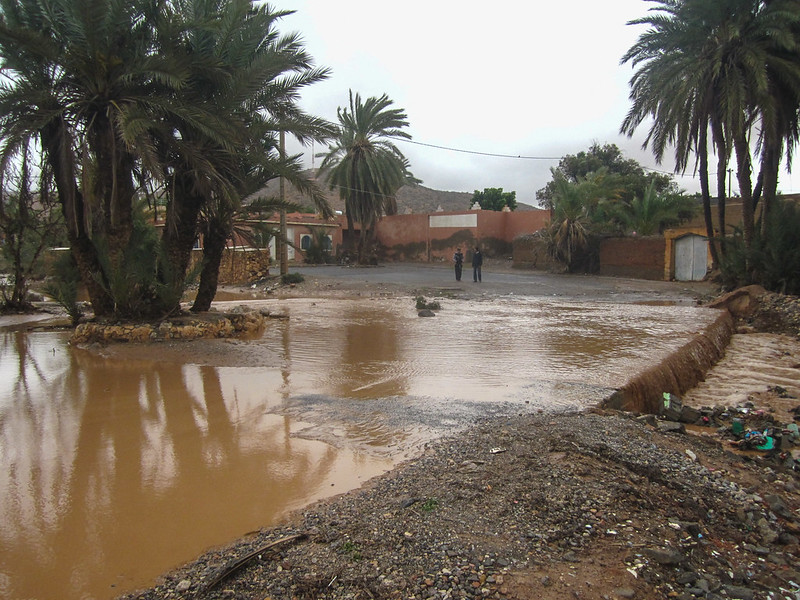The cyclone Boris has triggered devastating floods in Eastern Europe, impacting several regions with unprecedented force. Consequently, these sudden floods have caused massive destruction and numerous human losses. This phenomenon has also highlighted the vulnerability of local infrastructures. It has also raised questions about climate change adaptation strategies. In this article, we provide a comprehensive analysis of the events related to cyclone Boris. We then present the causes of the floods, the most affected areas, and the impacts on populations and the economy. Finally, we propose practical and sustainable solutions to prevent future disasters.
Detailed Analysis of the Floods Caused by Cyclone Boris:
In September 2024, cyclone Boris hit Eastern Europe with unusual force. This cyclone brought record rainfall over several days, causing sudden floods. Classified as a category 1 tropical storm, Boris generated winds reaching 120 km/h. In just 48 hours, some regions received between 150 and 250 mm of rain. This amount represents about a month’s worth of precipitation in just two days. As a result, Hungary, Romania, Bulgaria, Ukraine, the Czech Republic, Germany, and Slovakia experienced the worst floods in their recent history.
Causes and Characteristics of the Floods:
Cyclone Boris caused floods due to several combined factors. First, the intense rains associated with the cyclone saturated soils already weakened by an unusually wet season. Next, major rivers like the Danube, Tisza, Iskar, Dniester, and Elbe overflowed, creating sudden floods. For example, the Tisza River reached a record level of 10.5 meters, surpassing the 2006 records.
Moreover, meteorological services such as Meteo Romania and Hydromet Ukraine issued red and orange alerts. These alerts warned the population of imminent danger and allowed for rapid evacuations. Consequently, in Romania, authorities relocated more than 20,000 people in the cities of Pitești and Târgoviște, located near the overflowing rivers.
Updated Official Data and Key Figures:
- In Hungary, authorities evacuated more than 15,000 people living near the Danube. Material damages exceed 600 million euros, severely affecting roads and rail lines.
- In Romania, material losses reach more than 700 million euros, according to the Ministry of Interior. More than 35,000 hectares of agricultural land have been submerged, compromising this year’s crops.
- In Bulgaria, the Iskar River rose by 3 meters above the alert level, flooding more than 15,000 hectares of agricultural land. Agricultural losses amount to 150 million euros.
- In Ukraine, the floods affected nearly 50 towns and villages, causing power outages and water shortages for more than 100,000 residents. Damage to essential infrastructure, such as bridges and roads, amounts to 400 million euros.
- In the Czech Republic, the floods impacted the cities of Plzeň and Ústí nad Labem, damaging more than 1,200 buildings. Economic losses amount to 250 million euros, mainly due to damage to transport infrastructure.
- In Germany, the floods particularly affected the Saxony region. Authorities evacuated more than 5,000 people. Material damages amount to 300 million euros, severely affecting homes, roads, and power networks.
- In Slovakia, the floods ravaged the Košice region, submerging more than 500 homes. Financial losses are estimated at 120 million euros, mainly due to damage to public and private infrastructure.
Responses and Statements from Authorities:
Authorities and international organizations reacted quickly to this disaster. For example, Kristalina Georgieva, Managing Director of the IMF, called for coordinated international aid for relief efforts. She also emphasized the urgency of investing in more resilient infrastructure. Meanwhile, Viktor Orbán, Hungarian Prime Minister, called for the modernization of water management infrastructure. Indeed, dams and dikes play a crucial role in preventing future disasters. In Ukraine, President Volodymyr Zelensky mobilized the army to support relief and reconstruction operations.
What Are the Impacts and Consequences?
The floods caused by cyclone Boris have had significant effects on local populations, the economy, and the environment. Consequently, these effects will continue to be felt in the medium and long term.
- Human Impacts: The floods have left tens of thousands of people homeless. In response, temporary shelters house more than 30,000 displaced persons in Hungary, Romania, and Bulgaria. Additionally, waterborne diseases, such as leptospirosis and gastroenteritis, are spreading due to the contamination of drinking water.
- Economic Consequences: Direct and indirect economic losses exceed 2.5 billion euros across the region. In particular, the agriculture, tourism, and construction sectors have suffered enormous losses. In Romania, more than 40% of agricultural land has become unsuitable for cultivation this season. Consequently, food prices have risen by 20% in local markets.
- Environmental Impacts: The floods have also damaged local flora and fauna. Many natural habitats and protected parks have been destroyed. In Hungary, for example, the Hortobágy National Park lost more than 300 hectares of essential wetlands for biodiversity. Experts estimate that these ecosystems could take more than 10 years to fully recover.
- Infrastructure Disruptions: The floods have severely damaged transport infrastructure, such as roads and bridges. In Ukraine, the Chernihiv bridge, essential for local transport, was destroyed, temporarily isolating several villages. Additionally, power lines and communication networks have also suffered, causing outages in several regions.
- Public Health Challenges: Local authorities have reported an increase in waterborne diseases, such as dysentery and typhoid. In Romania, field hospitals near the affected areas have already treated more than 5,000 people with flood-related illnesses.
The Most Affected Areas:
Here is an updated list of the areas most affected by the floods caused by cyclone Boris:
- Hungary: Győr-Moson-Sopron region, Budapest (Danube banks), Pécs (flooded areas)
- Romania: Teleorman County, Bucharest (outskirts), Pitești, Târgoviște
- Bulgaria: Sofia region, Plovdiv (agricultural areas), Stara Zagora (flooded valleys)
- Ukraine: Lviv Oblast, Chernivtsi (residential and rural areas), Chernihiv (isolated areas)
- Serbia: Morava River Valley, Belgrade (low areas), Niš (flooded areas)
- Czech Republic: Plzeň, Ústí nad Labem (damaged buildings and infrastructure)
- Germany: Saxony region (evacuations and infrastructure damage)
- Slovakia: Košice region (flooded homes and affected infrastructure)
5 Solutions to Protect Against Floods:
- Install flood barriers: Flood barriers effectively protect buildings and infrastructure against floods. They can be quickly installed before the floods.
- Create natural buffer zones: Authorities should plant riparian forests and restore wetlands to absorb excess rainwater.
- Implement early warning systems: Countries should invest in sophisticated alert systems. These systems allow for rapid evacuations and minimize losses.
- Develop retention basins: Retention basins temporarily store rainwater and regulate its flow. This reduces pressure on watercourses.
- Strengthen infrastructure: Modernizing dikes, dams, and pipelines is essential. Indeed, these efforts help better manage floods and minimize flood risks.
Article Sources:
- Meteo Romania: Meteo Romania – ★★★★☆
- Hydromet Ukraine: Hydromet Ukraine – ★★★★☆
- Romanian Ministry of Interior: Ministerul Afacerilor Interne – ★★★★★
- Hungarian News Agency (MTI): Hungarian News Agency – ★★★★☆
- World Meteorological Organization (WMO): World Meteorological Organization – ★★★★★
- International Federation of Red Cross and Red Crescent Societies (IFRC): IFRC – ★★★★★
Conclusion:
The floods in Eastern Europe caused by cyclone Boris highlight the urgency of better preparing for natural disasters. The human, economic, and environmental destructions show the importance of strengthening community resilience. Therefore, reinforcing infrastructure, investing in alert systems, and raising population awareness remain essential. Each country must prepare now to reduce future impacts. To succeed, governments and international organizations must work closely together and implement sustainable strategies. These actions will save lives and protect our environment against these increasingly frequent climatic events.

